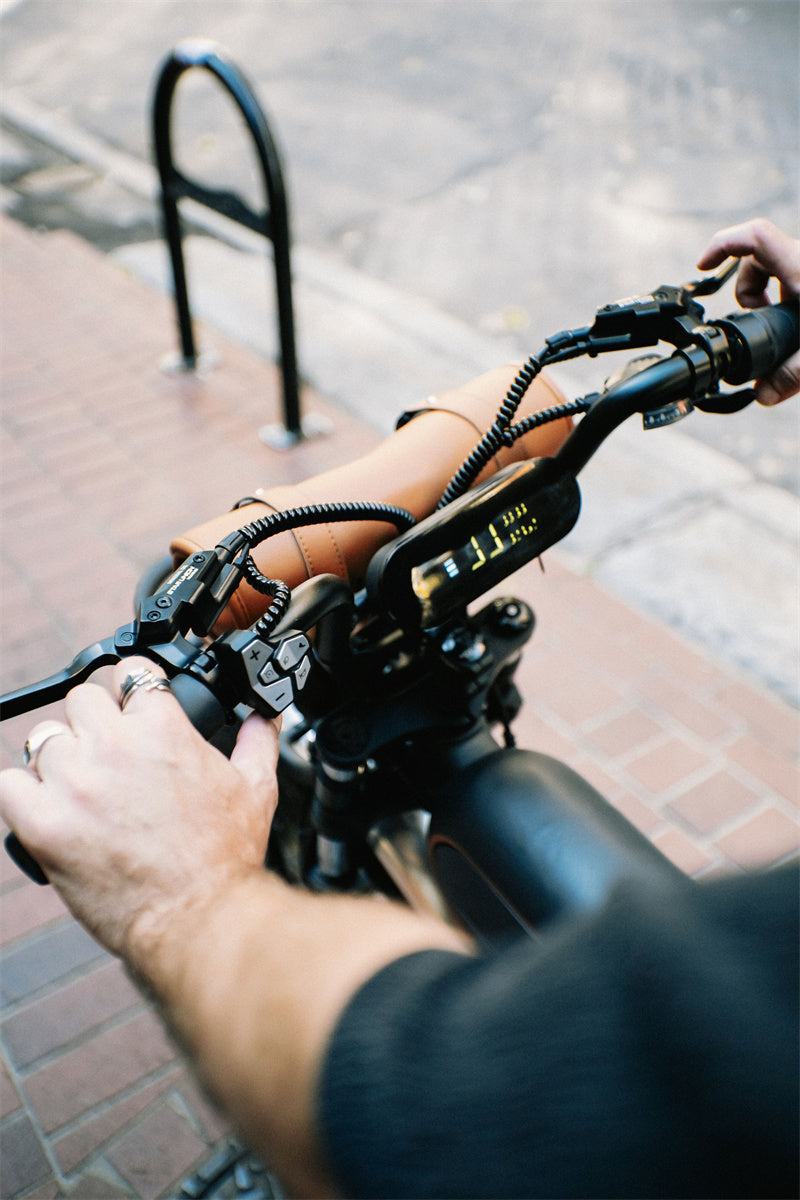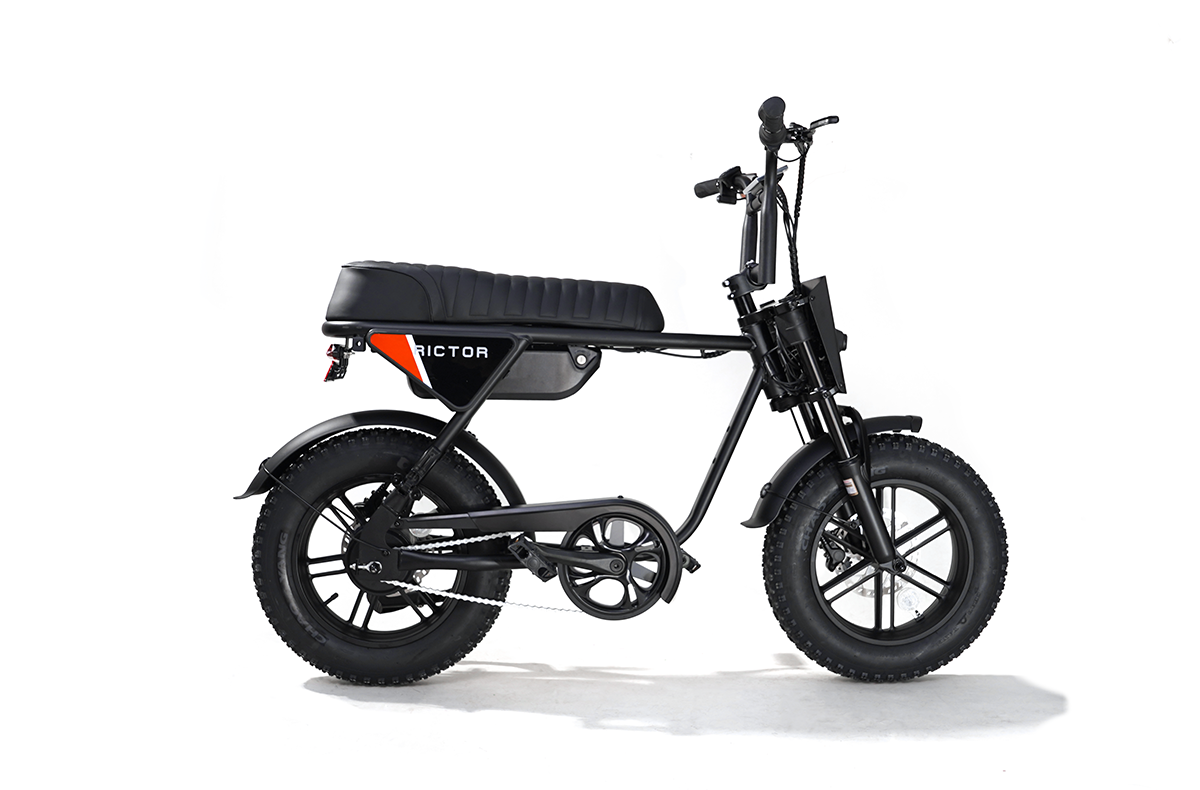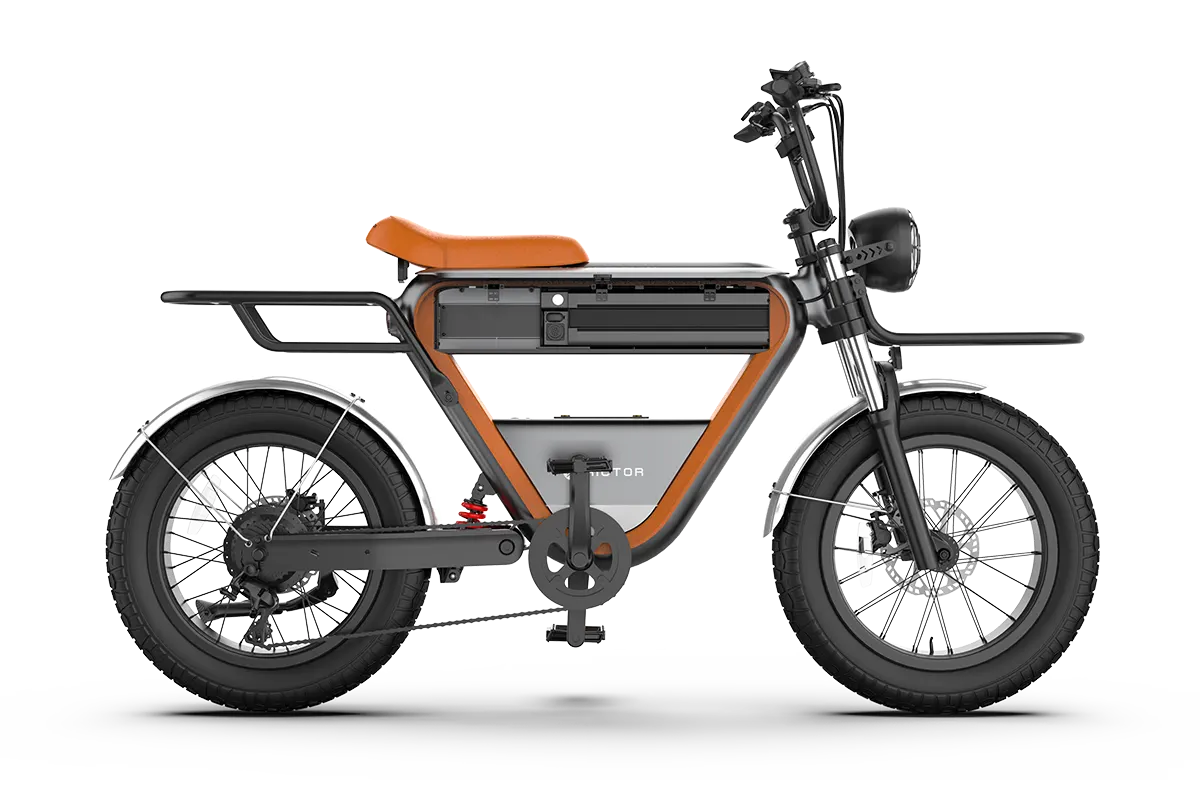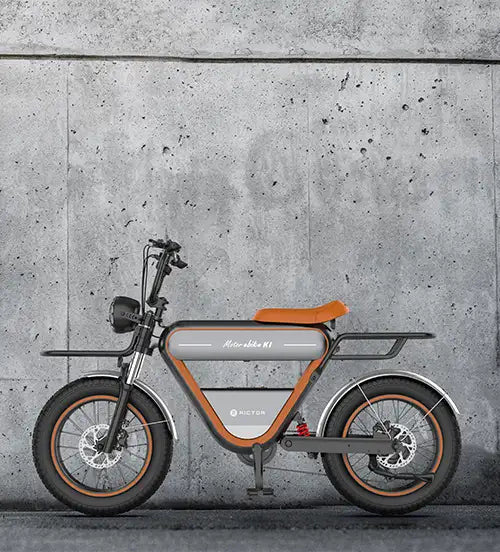
Top 11 Tips for Buying an Electric Bike
With a multitude of options available, understanding what to look for becomes essential. Below, we offer you our top 11 tips for buying an electric bike, ensuring that you make a well-informed decision that meets your needs and expectations.
1. Determine Your Purpose
Before diving into the specifics of e-bikes, it's crucial to determine the primary purpose of your purchase.
Whether you're looking for a commuter bike, a mountain e-bike for rugged terrains, or a casual bike for leisurely rides, knowing your intended use will significantly narrow down your options.
Commuter bikes often prioritize comfort and efficiency, while mountain e-bikes focus on durability and power. Understanding this will help you select a model designed to excel in your desired setting.
2. Consider the Range
The range of an electric bike refers to how far it can travel on a single charge. This is one of the most important factors to consider, as it directly impacts your riding experience.
The range depends on several factors, including the battery capacity, motor efficiency, terrain, and rider weight.
For daily commuters, a range of 20-50 miles might suffice, but if you plan on longer rides or off-road adventures, look for e-bikes that offer a range of 50 miles or more.
SEE ALSO The RICTOR K1 is the BEST ALL AROUND EBike Under $2,500!
3. Evaluate the Motor Type and Power
The motor is the heart of any electric bike. There are two main types: hub motors and mid-drive motors.
Hub motors are located in either the front or rear wheel and are generally more affordable.
They are great for flat terrains and casual riding. Mid-drive motors, on the other hand, are positioned in the center of the bike, providing better weight distribution and efficiency.
They are ideal for hilly terrains and more intense riding. When it comes to power, e-bike motors are typically rated in watts (W).
A 250W motor is standard for most e-bikes, but if you require more power for steeper hills or carrying heavier loads, consider opting for a motor with 500W or more.
4. Battery Capacity and Charging Time
The battery is another critical component that deserves attention.
Battery capacity is measured in watt-hours (Wh), and a higher capacity means a longer range.
A 500Wh battery can typically offer a range of around 50 miles, depending on riding conditions.
Additionally, consider the charging time. Most e-bike batteries take between 3 to 6 hours to fully charge, so ensure the charging time aligns with your daily routine and needs.
5. Look for Quality and Durability
When investing in an e-bike, you want to ensure that it’s built to last.
Pay close attention to the frame material, which is often made from aluminum, carbon fiber, or steel.
Aluminum frames are lightweight and resistant to rust, while carbon fiber offers even more weight savings and durability, albeit at a higher cost.
Steel frames are heavier but provide a smoother ride and are extremely durable.
Also, inspect the quality of the components, such as brakes, gears, and suspension systems.
Reliable brands will often provide warranties, giving you peace of mind regarding the bike's longevity.
6. Assess the Weight of the E-Bike
Weight is a crucial factor, especially if you plan to carry your e-bike upstairs, transport it in a car, or ride in areas where you might need to lift it.
E-bikes tend to be heavier than traditional bikes due to the battery and motor. The average e-bike weighs between 40 to 70 pounds.
If portability is a priority, look for lighter models or consider folding e-bikes, which are designed for easy storage and transport.
7. Check the Brake System
The brake system of an e-bike is vital for safety.
Most e-bikes are equipped with either mechanical or hydraulic disc brakes.
Mechanical disc brakes are easier to maintain and adjust, making them a popular choice for casual riders.
Hydraulic disc brakes offer superior stopping power and require less effort to operate, making them ideal for high-speed or off-road riding.
Always ensure that the brake system is robust enough to handle the speeds and terrains you'll be navigating.
8. Understand the Importance of Suspension
Suspension plays a significant role in your riding comfort, especially if you'll be riding on rough or uneven terrains.
There are three main types of suspension to consider: rigid (no suspension), front suspension (hardtail), and full suspension.
Rigid e-bikes are lighter and more efficient on smooth surfaces, making them great for city commuting.
Front suspension absorbs shocks from the front wheel, providing a smoother ride on bumpy roads.
Full suspension offers the best comfort and control on rough terrains, but at the cost of added weight and complexity.
9. Choose the Right Tire Type and Size
The type and size of tires on an e-bike can greatly affect its performance.
Thin tires are designed for speed and efficiency on paved roads, making them ideal for commuters.
Fat tires offer better traction and stability on uneven surfaces, which is perfect for off-road adventures.
The size of the tire, usually measured in inches, also matters.
Common sizes include 20-inch, 26-inch, and 29-inch. Larger tires provide more stability and can handle rougher terrains, while smaller tires offer better maneuverability in tight spaces.
10. Consider the Bike's Features and Accessories
Modern e-bikes come with a variety of features and accessories that can enhance your riding experience.
These include LED lights, LCD displays, phone holders, USB ports, and more. Integrated lighting systems are essential for night riding, while LCD displays provide real-time information on speed, battery life, and distance traveled.
Some e-bikes also offer smartphone integration, allowing you to track your rides and manage settings via an app.
When purchasing, consider the features that are most important to you and ensure the bike you choose has them.
11. Test Ride Before You Buy
Finally, always make sure to test ride an e-bike before making your final decision.
A test ride allows you to experience the bike's performance firsthand and ensure that it meets your comfort and handling expectations.
Pay attention to the smoothness of the ride, responsiveness of the motor, braking efficiency, and overall feel of the bike. If possible, test it on the types of terrain you plan to ride on regularly.
FAQs
Do electric bikes require insurance?
Whether or not an electric bike requires insurance depends on local laws. In some areas, certain classes of e-bikes may need to be insured, especially if they exceed speed limits or have higher power outputs.
What is the difference between a pedelec and an S-pedelec?
A pedelec (pedal-assist bike) provides motor assistance up to 20 mph, while an S-pedelec offers assistance up to 28 mph or more. S-pedelecs often require registration, insurance, and even a license in some countries.
Can I use an electric bike for long-distance commuting?
Yes, electric bikes are ideal for long-distance commuting, especially when equipped with larger batteries that offer extended range. Factors like terrain, weather, and riding habits can affect the range.




